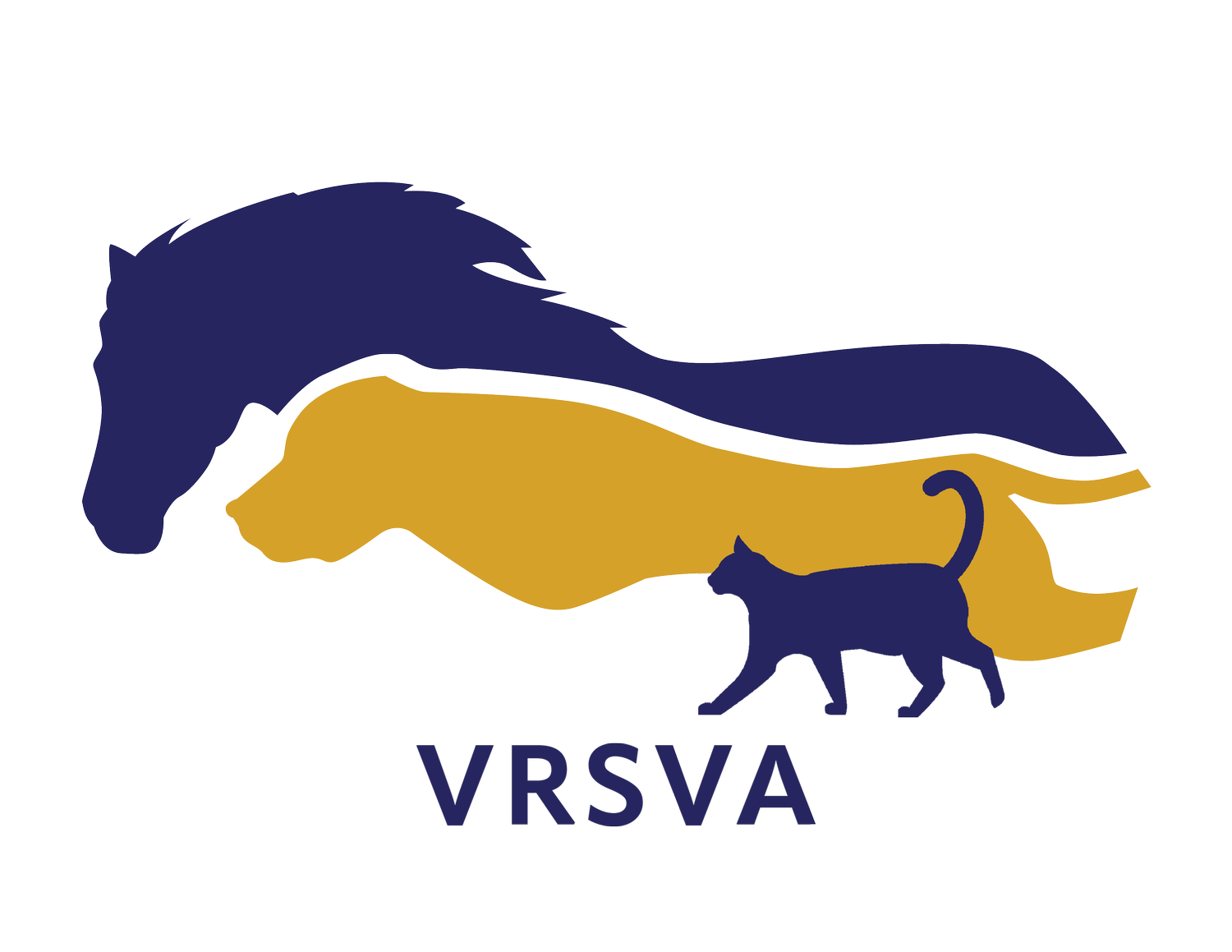PRP Therapy in the Equine and Canine: Joints, Ligaments, Tendons and Muscle Strains
Platelet-rich plasma (PRP) therapy has emerged as a notable advancement in veterinary medicine, particularly in the treatment of painful joints and soft tissue injury. This innovative therapy utilizes the healing properties of an animal's own blood, pulling out the growth factors that stimulate healing and the anti-inflammatory properties that offer pain relief. PRP is a natural, effective solution for many conditions that cause pain and reduce mobility. PRP has been used successfully in many aspects of equine sports medicine and has been used at VRSVA in our equine patients for several years. We now also offer PRP to our canine and feline patients!
What is PRP Therapy?
PRP in made by concentrating platelets and growth factors obtained from an animal’s own blood. The process begins with a simple, sterile blood collection into a specialized blood tube. The blood is then processed using a centrifuge that separates the platelets from the red blood cells and other blood components. The resulting platelet-rich plasma plays a crucial role in healing as the platelets release growth factors, which stimulate tissue repair and regeneration.
Applications of PRP in Joint Therapy
Joint problems (such as osteoarthritis), ligament injuries, and tendonitis are common conditions that can lead to significant discomfort and diminished quality of life for dogs, cats and horses. PRP therapy addresses these issues in several ways:
Osteoarthritis Treatment: PRP injections into affected joints can reduce inflammation, promote healing, and potentially regenerate damaged cartilage. Studies have shown that animals receiving PRP therapy often experience improved pain relief and increased mobility. PRP does not have the same deleterious effects on cartilage that steroids can have. PRP is a non-steroidal alternative for osteoarthritis management.
Post-Surgical Recovery: After surgical intervention in a joint (i.e. cranial cruciate ligament (CCL) repairs), PRP can be injected into the joint to enhance healing and expedite recovery.
Tendon and Ligament Injuries: PRP can be injected directly into injured tendons and ligaments under ultrasound guidance. The rich growth factors in PRP shorten the healing time of tendons and ligaments by stimulating the production of new tissue. PRP can also improve the quality of healing in these injuries, decreasing the chance of re-injury.
Benefits of PRP Therapy
Minimally Invasive: PRP therapy is a relatively non-invasive procedure compared to traditional surgical interventions.
Natural Treatment: Since PRP is derived from the animal’s own blood, the risk of inflammatory or allergic reaction is significantly reduced, making it a safer alternative to some pharmaceuticals. It also protects the joint cartilage, while steroids can degrade the cartilage. This makes it a much safer option — especially in younger animals where cartilage is still developing.
Reduced Pain and Improved Function: PRP therapy considerably decreases pain and improves overall joint function, often leading to better quality of life and longer athletic careers.
Shortened Recovery: By speeding healing time PRP can decrease recovery time, allowing canines and equines to return to their normal activities sooner.
Considerations and Limitations
While PRP therapy offers many potential benefits, it is not a one-size-fits-all solution. Some considerations include:
Not All Conditions Respond: The effectiveness of PRP therapy can vary depending on the specific condition and the overall health of the animal.
Multiple Treatments May Be Required: Depending on the severity of the injury or OA, multiple PRP injections may be necessary for optimal results.
Cost: The cost of PRP therapy can be higher than traditional treatments, which may be a consideration for pet owners.
Conclusion
PRP therapy represents a significant advancement in the field of veterinary medicine, providing an exciting option for addressing joint pain, injuries and tendonitis. By utilizing an animal's own biological healing mechanisms, PRP therapy can enhance recovery, improve mobility, and alleviate pain.
Interested in discussing PRP with one of our practitioners? Call to schedule a consult and we will be happy to evaluate your animal and decide the best, most comprehensive plan to get your dog, horse, or cat back to feeling their best!

